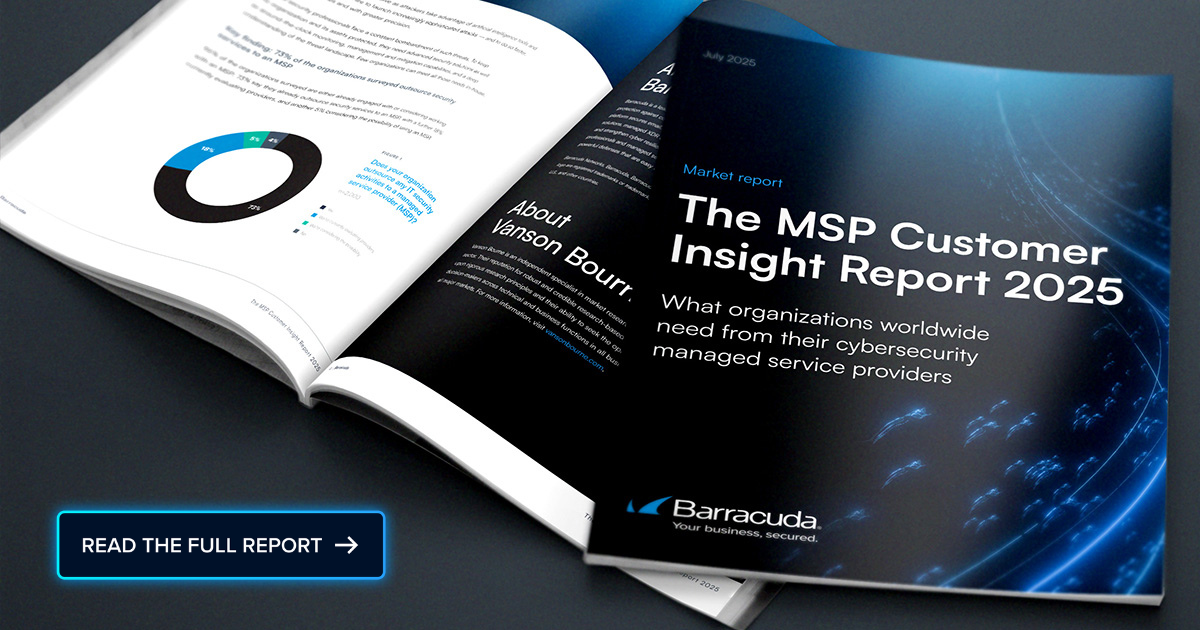 At this point, autofill/autocomplete/autocorrect technology is such a part of our everyday lives that we laugh at autocorrect fails and avoid typing in our address while online shopping whenever possible. But, like everything in the technology world, this convenience was once a new and exciting concept.
At this point, autofill/autocomplete/autocorrect technology is such a part of our everyday lives that we laugh at autocorrect fails and avoid typing in our address while online shopping whenever possible. But, like everything in the technology world, this convenience was once a new and exciting concept.
For instance, the “AutoFill” feature that makes creating spreadsheets bearable was introduced March 25, 1992, in the release of Excel 4.0. Suddenly Excel predicted that if you filled the first two cells in a column with “January” and “February,” the next should be “March” and “April” and so on. The Los Angeles Times reported on this development, sharing that Microsoft had determined that 25% of Excel users’ keystrokes were devoted to cutting, copying or pasting data. (Excel 4.0 was also notable for its drag-and-drop features and the ability to combine multiple sheets into a workbook.)
The predictive text we enjoy in search engines was the brainchild of a junior Google software engineer named Kevin Gibbs, who used his 20% rule time to develop a URL predictor—start typing in a web address, and Google would offer possible endings. A colleague suggested he expand the project to search, and Google Suggest was born, offering one of the most revealing glimpses into the human psyche. (Gibbs preferred the name “Google Complete,” but Marissa Mayer, then with Google, suggested “Suggest,” and it stuck.) The project launched in December 2004. In 2023, Google’s search autocomplete bases its results on common search queries, as well as your location, trending searches and your past searches.
Did you enjoy this installation of SmarterMSP’s Tech Time Warp? Check out others here.
Photo: Rawpixel.com / Shutterstock
